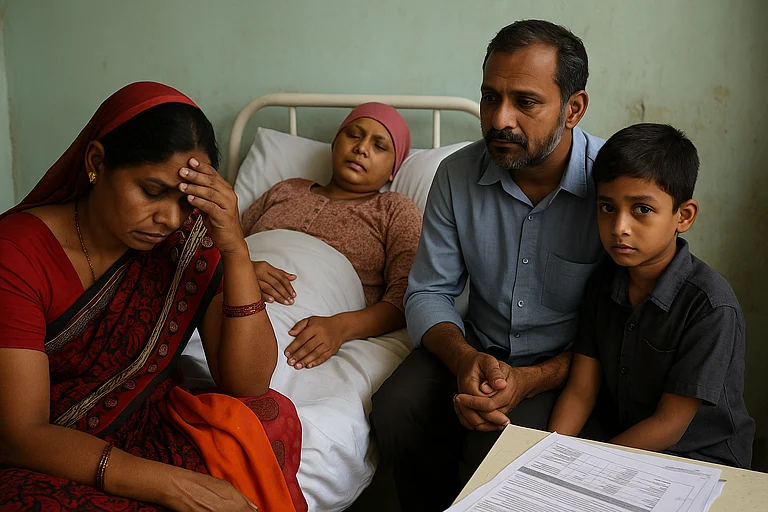By Dinesh Mosamkar
Health insurance in India has traditionally been viewed as a financial safeguard in the event of uncertainties—a product designed to step in during a medical emergency. For most policyholders, its relevance begins and ends with hospitalisation. But as India’s health landscape changes, this limited definition of coverage is proving increasingly inadequate.
A growing portion of the population is finding routine medical procedures unaffordable due to the rising rate of medical inflation, which is predicted to reach 12–14 per cent per year. At the same time, the population affected by lifestyle-related conditions is growing, surpassing even older people. Evidence from the Indian Council of Medical Research (ICMR) underscores this shift, reporting that non-communicable diseases (NCDs) contribute to over 60 per cent of all fatalities in India. Alarming trends show that conditions such as diabetes, hypertension, and cardiac ailments are emerging at progressively younger ages. These chronic illnesses demand long-term management rather than one-time treatment, emphasising the need for continuous care and regular medical supervision. This makes outpatient department (OPD) coverage increasingly vital, helping individuals access routine care while minimising out-of-pocket expenses.
What is also becoming increasingly clear is that health issues are no longer age-dependent. Data indicates that over 25 per cent of all health insurance claims come from individuals between the ages of 19 and 35. This is a significant shift from previous decades and reflects the growing impact of stress, erratic lifestyles, poor diet, and reduced physical activity among younger Indians, emphasising the need of early and comprehensive protection.
Furthermore, making sure that insurance coverage satisfies the particular requirements of various population segments is becoming increasingly important in the current healthcare environment. The sufficiency of the sum insured is another important consideration that is becoming more significant. Policies with lower coverage limits are becoming more and more insufficient as the costs of surgeries, intensive care unit (ICU) care, and treatment for chronic illnesses continue to rise sharply. Financial protection for several hospital stays, long-term therapies, or complex treatments is ensured by choosing a higher sum insured, even if it means paying a slightly higher premium. Additionally, it lessens the possibility of running out of coverage in the middle of a policy year, which is a common worry for families or individuals who are managing multiple medical conditions.
The strain is psychological as well as physical. With almost one in seven Indians suffering from a mental health illness, mental health issues are now common. The need for more inclusive and preventive healthcare systems is highlighted by the fact that many of these people go undiagnosed or unsupported.
The delay in diagnosis and the common practice of only seeking medical attention when symptoms worsen are more urgent problems, even though adequate coverage is still a crucial consideration.
This reactive approach to healthcare feeds a vicious cycle in which treatment takes precedence over risk reduction and early intervention. However, with the increasing prevalence of chronic and lifestyle-related diseases, there is a noticeable shift toward preventive and comprehensive healthcare. People are beginning to embrace a more proactive model, one that spans the entire continuum from prevention through regular health check-ups and screenings, to curative care, ongoing disease management via outpatient facilities and specialised programmes, as well as wellness activities aimed at long-term health maintenance.
Encouragingly, growing awareness and improved access are helping reshape attitudes. Over half of all new health insurance policies are now being purchased in Tier 2 and Tier 3 cities.
Preventive health is not a parallel idea to treatment. It is the foundation of a sustainable health system. Encouraging people to take action early, seek care sooner, and lower long-term risk must be at the heart of our definition of health protection as India's healthcare needs grow more complex.
It should no longer be aspirational to make the switch from treatment-focused coverage to proactive, preventive care. It has to be the norm. Because crisis management is only one aspect of true protection. The goal is to assist people in completely avoiding them.
The author is a Senior Vice President Consumer Underwriting, TATA AIG General Insurance.
(Disclaimer: Views expressed are the author's own, and Outlook Money does not necessarily subscribe to them. Outlook Money shall not be responsible for any damage caused to any person/organisation directly or indirectly.)


















